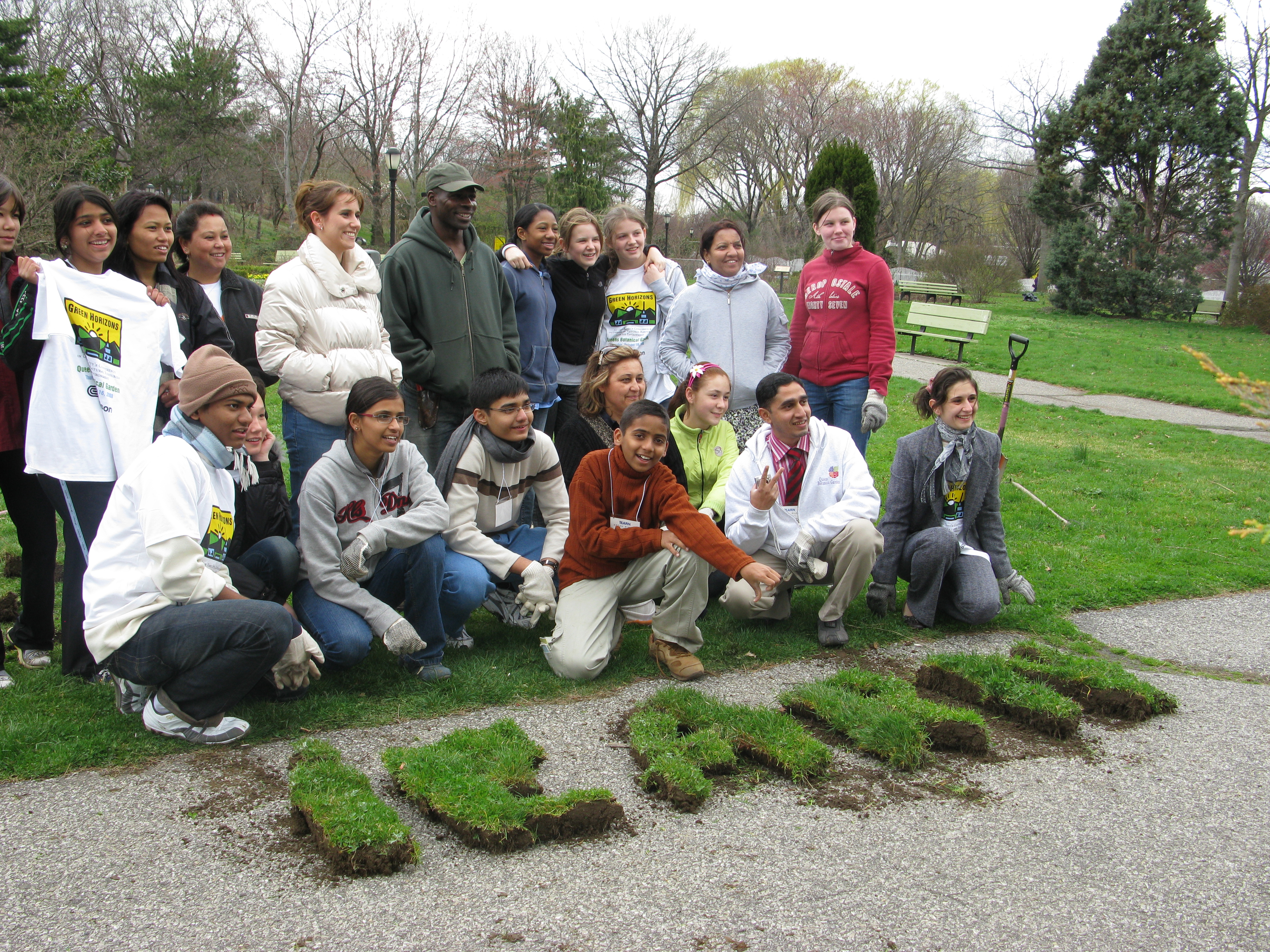21ST CENTURY GLOBAL THEMES AND PROJECT SNAPSHOTS
Now that you know more about iEARN, it is time to think about how to get your students involved in a global collaborative project. There are several thematic units that enable classes to collaborate on topics of their interest while relating to established curriculum and global issues relevant in the 21st century classroom. This module will provide you with some ideas of what a global project could look like in your classroom and highlights iEARN project examples.
FINDING AND JOINING PROJECTS
There are over 200 curriculum and thematic-based projects in iEARN that are designed and facilitated by teachers and students. Experienced teachers advise that you and your class start by getting involved in an existing project online, rather than trying to start a project of your own. Participating in existing projects is a great way to meet other potential partners and learn about the many different projects initiated by teachers and students throughout the world. Several resources will help you to find and get involved in current iEARN projects:
Project Search: Complete information about all iEARN projects can be found in the Projects Space of the iEARN Collaboration Centre. To find the collaboration spaces for the projects listed below, go to the project search page on the iEARN Collaboration Centre at and search for the project title. Projects are grouped by subject area to help teachers in their subjects of interest. Because of the interdisciplinary nature of many iEARN projects, these groupings are only meant to serve as a guide.
iEARN in Action Newsflash: Our international online newsletter is sent every month. Find new projects, people looking for collaborators, updates on continuing projects, and general announcements. To receive the iEARN in Action Newsflash via email, write to [email protected] and request to be added to the distribution list.
>> Top
21ST CENTURY GLOBAL THEMATIC UNITS
Thematic units help educators who are working in similar curricular areas and youth with common interests to more easily collaborate.
Below are some sample themes that enable cross-curricular partnerships, and allow teachers to meet their established curricular objectives. Among the first steps in developing a vision for your classroom’s participation in a project is to reflect on your existing classroom objectives and related educational standards. Many educators also choose to embed their project activities in a thematic unit that has the potential to address many learning standards.
The 21st century global units that follow are intended as a framework for selecting and/or designing projects and include examples of successful ongoing projects. These are meant only as examples – educators are welcome to come up with their own themes. The project snapshots highlight how schools collaborated on projects in recent years.
 Civic Education
Civic Education
In this theme area, youth examine the rights, duties, and engagement of citizens by researching and comparing laws, elections, and governments across countries. In civic education projects, students may conduct service-learning activities, write letters to government officials, and create shared journals, photo-essays, or videos to engage in the civic process.
 Social Entrepreneurship
Social Entrepreneurship
In social entrepreneurship projects, youth develop innovative, solution-oriented, and financially sustainable models for enterprises to benefit their community. Through these projects, youth address challenges in their communities and learn new skills in leadership and teambuilding to implement their ideas. Many projects in the civic education and environment thematic units also lead to final products that encourage social entrepreneurship.
 Environment
Environment
In environment projects, students connect with their peers to examine and compare local environmental issues, such as river quality, climate change, deforestation, and pollution in order to create global solutions. Students debate, write letters, do cleanups, create gardens, conduct recycling campaigns or pitch their solutions to environmental challenges.
 Empowering Girls and Young Women
Empowering Girls and Young Women
In this theme area, youth connect, communicate, and comment using multimedia and digital tools to share their ideas for girls’ empowerment, demonstrate their potential, and take action in their communities. While every project empowers girls and young women by giving them a voice and increasing their skills, the following project specifically focuses on educating participants about girls’ rights through human rights projects and focusing on women in the community through service projects.
 Conflict Resolution/Peace Education
Conflict Resolution/Peace Education
In peace education projects, students collect information about cultural stereotypes through interviewing other students, researching, and leading discussions. They blog, write essays, share images, and make videos to share what they learn about others and how to overcome stereotypes.
 Food Security
Food Security
Students study hunger and food justice by examining their eating habits, comparing food diaries, and learning where food originates. Students collaborate to learn how food and resources are distributed globally and become problem solvers to end hunger through school or community campaigns.
 Health
Health
Students research, analyze, and discuss health issues that impact youth both locally and globally. They conduct projects to seek solutions and develop campaigns to raise public awareness about global health issues.
 Literacy and Education
Literacy and Education
In Literacy and Education projects, youth create and share their writing in the form of essays, stories, poems, and songs to showcase their thoughts, viewpoints, and values. Students produce joint magazines, newsletters, novels, that highlight youth voices from around the world.
>> Top
GLOBAL THEME BASED PROJECT IDEA BANK
Local History Project: students research and share about culture, traditions, and history of their hometowns and publish a group blog.
Every Day is Earth Day: students create and publish essays, poems, and photos to “Save the Earth”.
Natural Disaster Youth Summit: students share their knowledge for reducing the impact of disasters on their local communities.
My School, Your School: students share about their schools and compare how education impacts their lives.
Teddy Bear Project: an international teddy bear exchange using email and/or web forums.
Talking Kites: a tradition of flying kites with personal and group images of our dreams for a better world.
YouthCaN: youth share their interest in environmental topics and collaborate on projects year round through online forums, video conferencing, and meeting at conferences.
One Day in the Life: students write about, photograph, video, and discuss their daily lives.
>> Top
NEXT STEPS
In this module, you reviewed several examples of global projects across different subjects and how to implement thematic units. Once you have reviewed the scope of current projects that fit your class goals and standards and selected a project to join, you are ready to begin planning how to implement your global project. In the next modules, you will learn more about project-based learning in a global context and how to develop a project plan in collaboration with teachers from around the world.
>> Top
